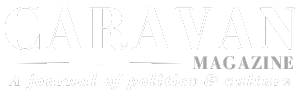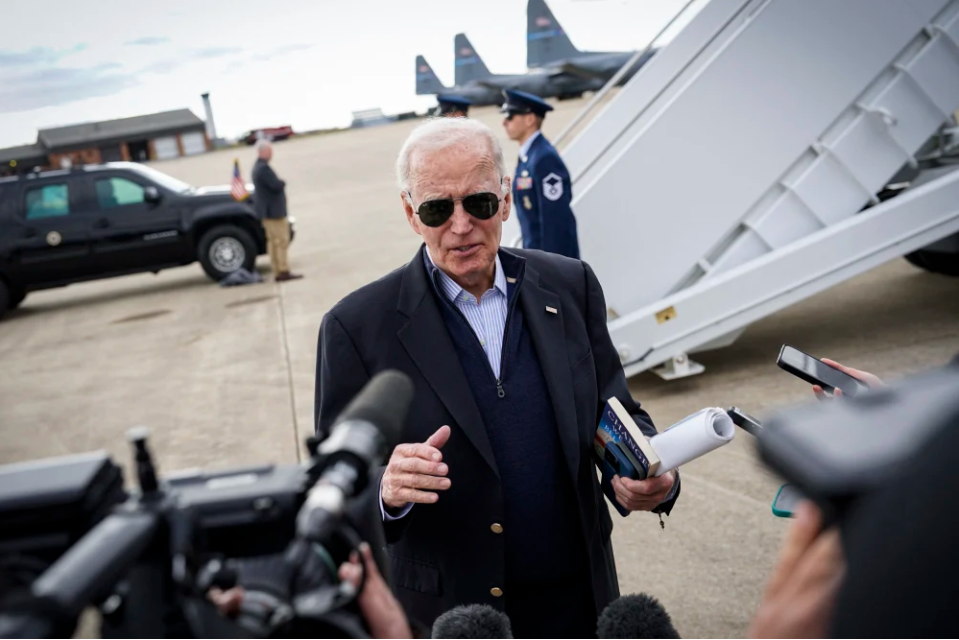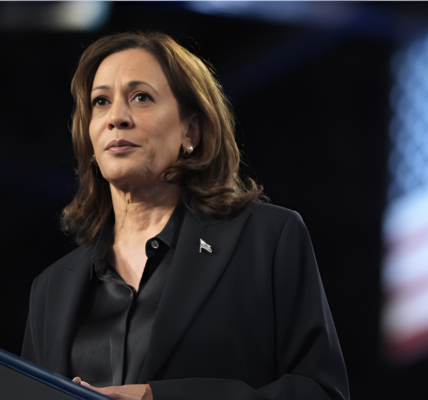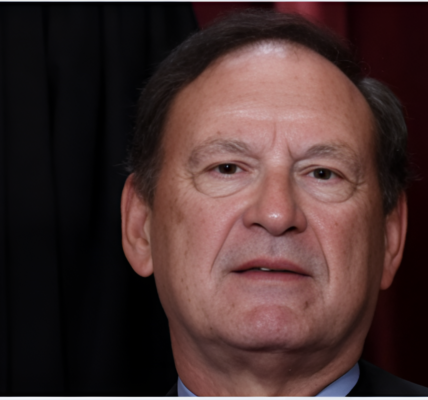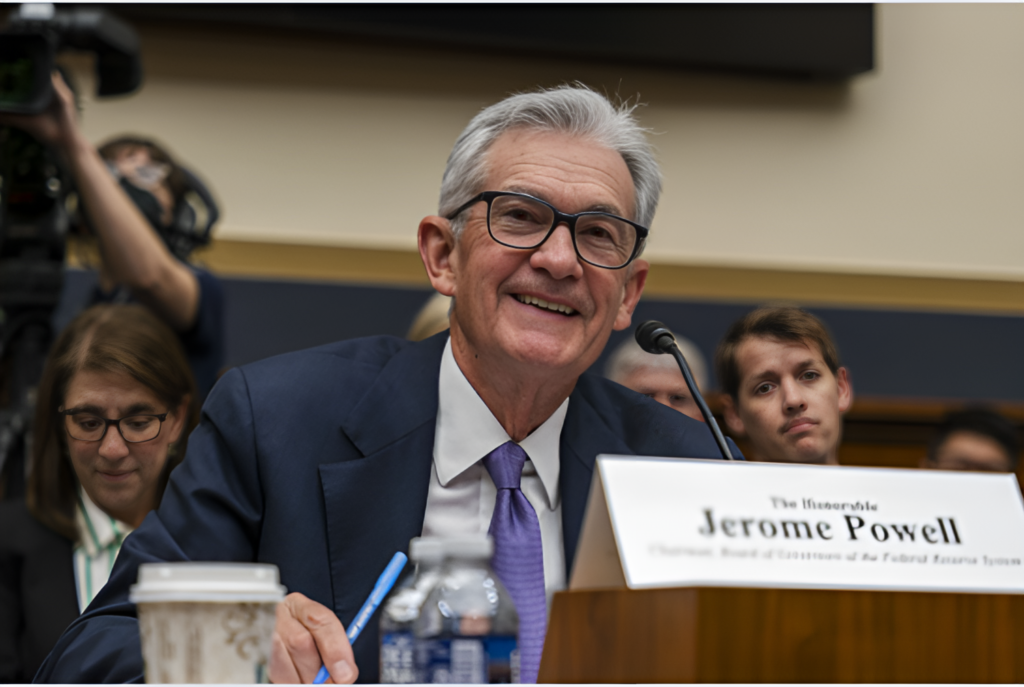
As Federal Reserve Chair Jerome Powell contemplates when to lower interest rates, the economy’s surprising resilience is giving him the luxury of time — a luxury he seems determined to use. However, the longer Powell waits, the more awkward the timing could become, especially with the political spotlight intensifying as the 2024 election season heats up.
The Federal Reserve’s decision to hold rates steady this Wednesday reflects two key factors: the central bank isn’t entirely convinced inflation has been conquered, and it isn’t overly concerned that the U.S. is heading toward an economic downturn. This cautious stance means that Powell and his colleagues may keep rates high well into 2024, putting off rate cuts and maintaining the pressure of high borrowing costs for longer than expected.
But here’s where things could get tricky.
Should inflation resume its downward trend or if unemployment spikes significantly, the Fed is poised to lower rates. But if these conditions don’t materialize by July, the central bank may find itself waiting until September to make a move — potentially a highly uncomfortable time. The specter of the U.S. presidential election looms large, and any decision to cut rates before Election Day could attract significant political controversy.
Former President Donald Trump, who appointed Powell to lead the Fed, has already suggested that any rate cuts will be politically motivated, accusing the Fed of trying to help the Democrats. If the Fed does act in the months leading up to the election, the stock market could surge, providing a boost to President Joe Biden’s economic approval ratings, which have been sluggish. However, Powell has made it clear that he is committed to acting in the best interest of the long-term economy, not short-term political considerations.
“We are a non-political organization that serves all Americans. It would be wrong for us to start taking politics into account,” Powell said in February. However, his promises will be tested in the coming months, as the Fed may feel it’s simply not the right time to reduce borrowing costs — even in the face of mounting political pressure.
The challenge for Powell is that this isn’t just about 2024. His term lasts until 2026, and the economic landscape is shifting in unexpected ways. While the economy has endured higher borrowing costs longer than many anticipated, investors are beginning to believe that the Fed might not need to cut rates as much as previously thought. As Bank of America’s Mark Cabana notes, markets are expecting the Fed to lower rates to around 4% and leave them there for the foreseeable future — a far cry from the near-zero rates of the past 15 years.
This shift has profound implications for the economy. High rates raise expectations for returns on investments, which in turn impacts critical areas like new business ventures, homebuilding, and technology innovation. Higher borrowing costs also exacerbate pressure on fragile sectors, such as office space owners, who have struggled in the post-pandemic era of remote work. In particular, questions are being raised about the stability of mid-sized banks whose portfolios have been negatively impacted by higher rates.
“The bigger risk is not just that high rates will slow investment, but that they could cause a financial crisis,” warns Julia Pollak, chief economist at ZipRecruiter.
But so far, the consequences of these high rates have been relatively mild. While Silicon Valley Bank’s collapse last year rattled the financial sector and brought down two other institutions, the broader economy has been surprisingly resilient. Growth has continued, albeit more slowly, and the central bank remains in wait-and-see mode, reluctant to make drastic changes until inflation and employment trends align with their expectations.
Nevertheless, Powell may not have as much time as he hopes. Economic momentum tends to feed on itself, and higher debt costs can slowly start to stifle growth. If businesses are squeezed by borrowing costs and forced to lay off employees, the subsequent loss of spending power can create a domino effect that impacts consumer demand and job creation.
Economic crises, as Skanda Amarnath from Employ America points out, don’t always follow a neat and linear trajectory. Unforeseen calamities can arise quickly, and when they do, the Fed may find itself scrambling to respond.
As Powell navigates these challenges, he may discover that waiting too long for the perfect moment to cut rates could result in a timing disaster — both for the economy and for his political standing.
